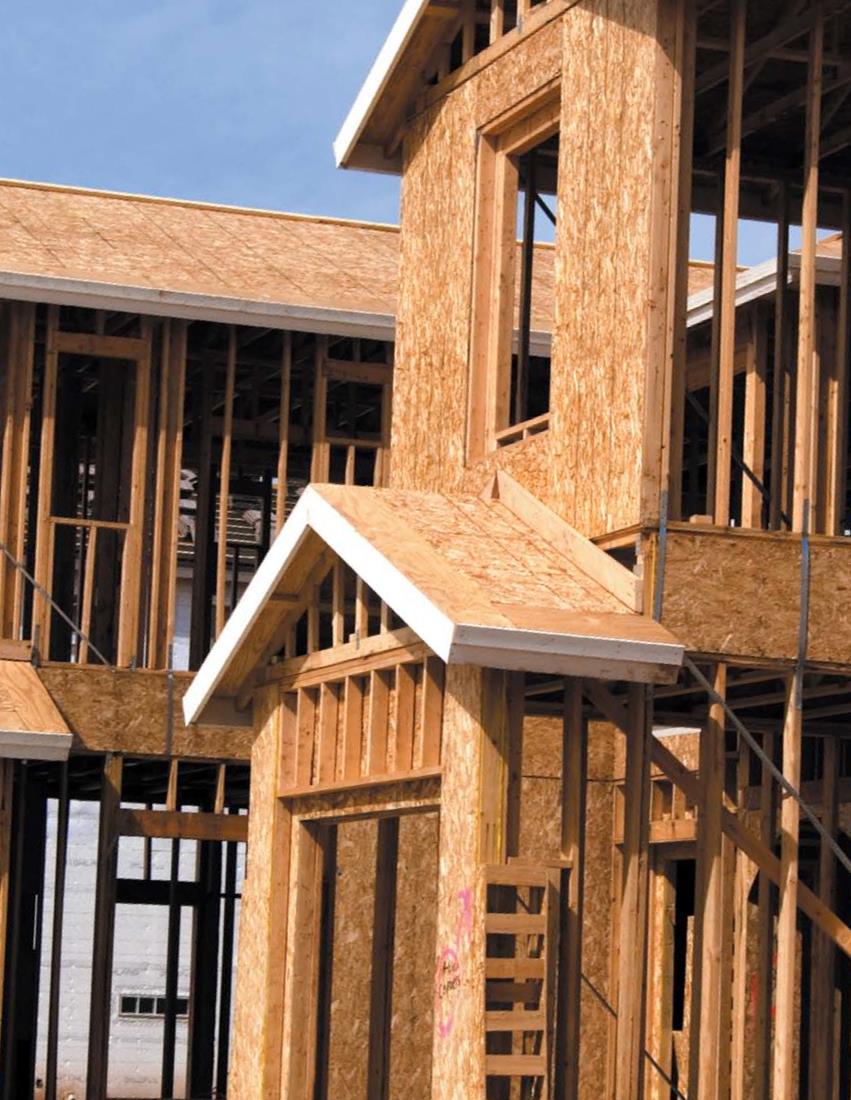 What constitutes a good hazard mitigation plan, particularly one that might accommodate the impacts of global climate change? Land use has to be a fundamental part of any good hazard mitigation plan, because it is precisely the misuse of land – putting buildings or people in harm’s way – that has brought us to where we are today. And given that fact, the best hazard mitigation plans will almost invariably be part of a community’s comprehensive plan, since it is practically impossible to consider land use outside of that context (Godschalk et al., 1998; Berke and Campanella, 2006). Norton (2005) considers a high quality hazard mitigation plan to have:
What constitutes a good hazard mitigation plan, particularly one that might accommodate the impacts of global climate change? Land use has to be a fundamental part of any good hazard mitigation plan, because it is precisely the misuse of land – putting buildings or people in harm’s way – that has brought us to where we are today. And given that fact, the best hazard mitigation plans will almost invariably be part of a community’s comprehensive plan, since it is practically impossible to consider land use outside of that context (Godschalk et al., 1998; Berke and Campanella, 2006). Norton (2005) considers a high quality hazard mitigation plan to have:
• A strong factual basis;
• Clearly articulated goals;
• A land suitability analysis (LSA) that clearly identifies constraints for development;
• Policies consistent with the LSA that are directive rather than exhortative;
• Horizontal and vertical consistency;
• Meaningful facilitation of public participation;
• Clear responsibilities for implementation; and
• Monitoring and implementation evaluation procedures.
The above bullets delineate what constitutes a good plan from a technical point of view — what the plan should address, how it should address issues, etc. But there is growing awareness that even the best technical plans have little relevance unless there has been substantial input from the citizens that will be affected by the plan (Berke and Campanella, 2006; Conroy and Berke, 2004).
Not only are plans developed with substantive citizen involvement less likely to face opposition from the local communities whose lives will be impacted, they might also be better technically, by incorporating details that emerge from locally engaged citizens, and more effectively monitored by the citizens. Brody et al. (2003), for example, examined plans from across the U.S. and found that a rigorous state mandate for citizen participation was the key factor in insuring effective citizen involvement in community plans, including hazard mitigation plans. In their study, Florida had the strongest such mandate of any state examined and the best level of citizen participation.



